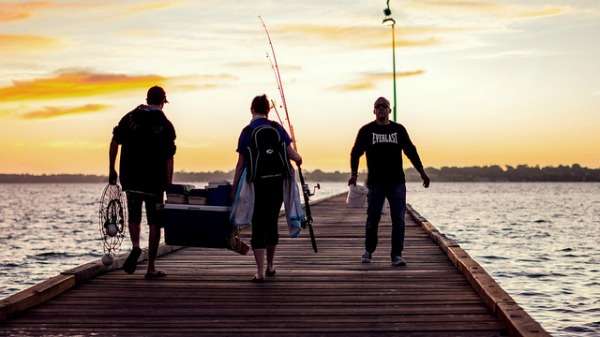Fishing catch research pinpoints best assessment method

Edith Cowan University researchers are working on tools to improve future fishing management and conservation by developing effective geostatistical methods with which to model the spatial distributions of recreational fishing catch rates.
Natural resources modelling and simulation research group and centre for marine ecosystems researchers compared the accuracy of the three interpolation techniques known as indicator kriging (IK), Poisson kriging and ordinary kriging when working out recreational fishing catch rates.
They used data from a 12 month Department of Fisheries survey of 2,977 boat-based recreational fishers who caught snapper (Pagrus auratus), baldchin groper (Choerodon rubescens) and the blue swimmer crab (Portunus armartus).
The assessed the applicability of each kriging technique using a leave-one-out cross-validation procedure where some data is removed and the catch rates are re-estimated.
ECU PhD student and study lead author Eric Aidoo says they found IK to be the most accurate method when estimating recreational fishing catch rates.
"For IK more than one model is used to describe the spatial structure of the catch rate as compared to the other two kriging approaches which use only one model to describe the entire data set for a particular species," he says.
"That is to say that, in the IK, different classes of the data can be described by different model structures, these individual models are then combined to build the local catch rate distribution.
"The IK is nonparametric and looking at the nature of the catch rate data [highly skewed and zero inflated] using such an approach seems better than a parametric one.
Recreational fishing data becoming more important
Mr Aidoo says this is especially important in a situation where a straight forward transformation technique such as log transformation can not be applied to the data, which was the case in the study.
Study co-author Associate Professor Ute Mueller says recreational fishing data has not been analysed much in the past but is becoming more important.
"[This] study…can be used for ongoing monitoring so for the next year when you get the survey results you can analyse whether there have been any changes in the spatial distribution of the catch rates," she says.
"In that sense spatial statistics, and geostatistics in particular, is an important evaluation tool to see whether or not there are any major changes in the fishery and one can seek explanations for them."
This study forms part of broader fisheries modelling research using geostatistical techniques by the ECU natural resources modelling and simulation research group.
More information: "Evaluation of geostatistical estimators and their applicability to characterise the spatial patterns of recreational fishing catch rates," Fisheries Research, Volume 168, August 2015, Pages 20-32, ISSN 0165-7836, dx.doi.org/10.1016/j.fishres.2015.03.013
Journal information: Fisheries Research
Provided by Science Network WA

















